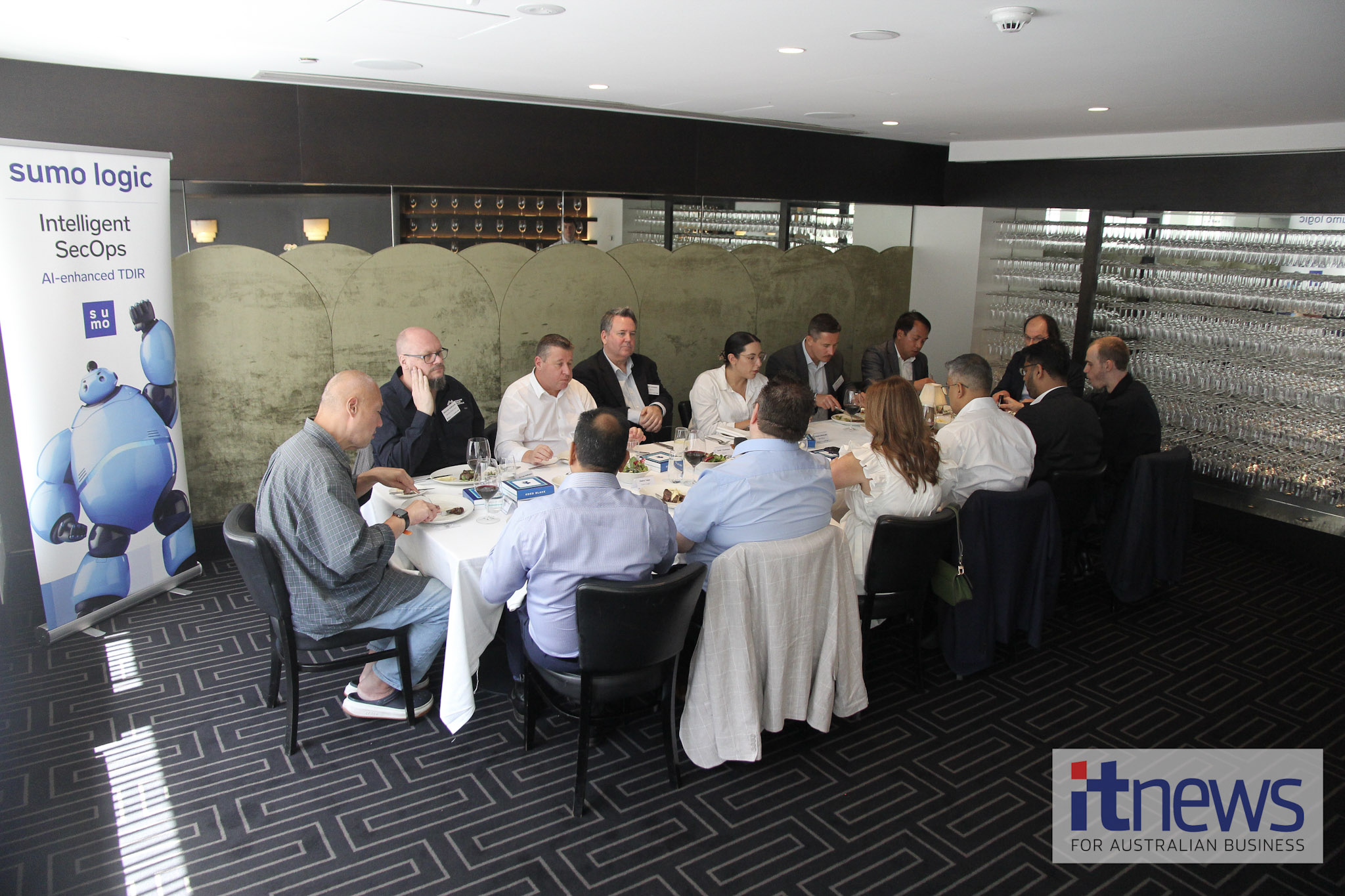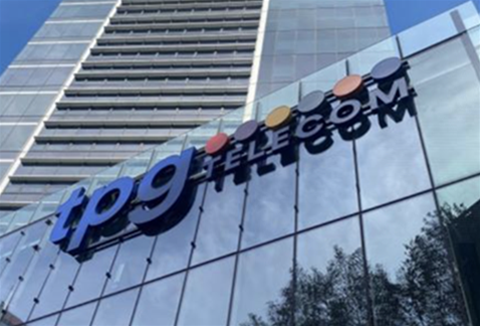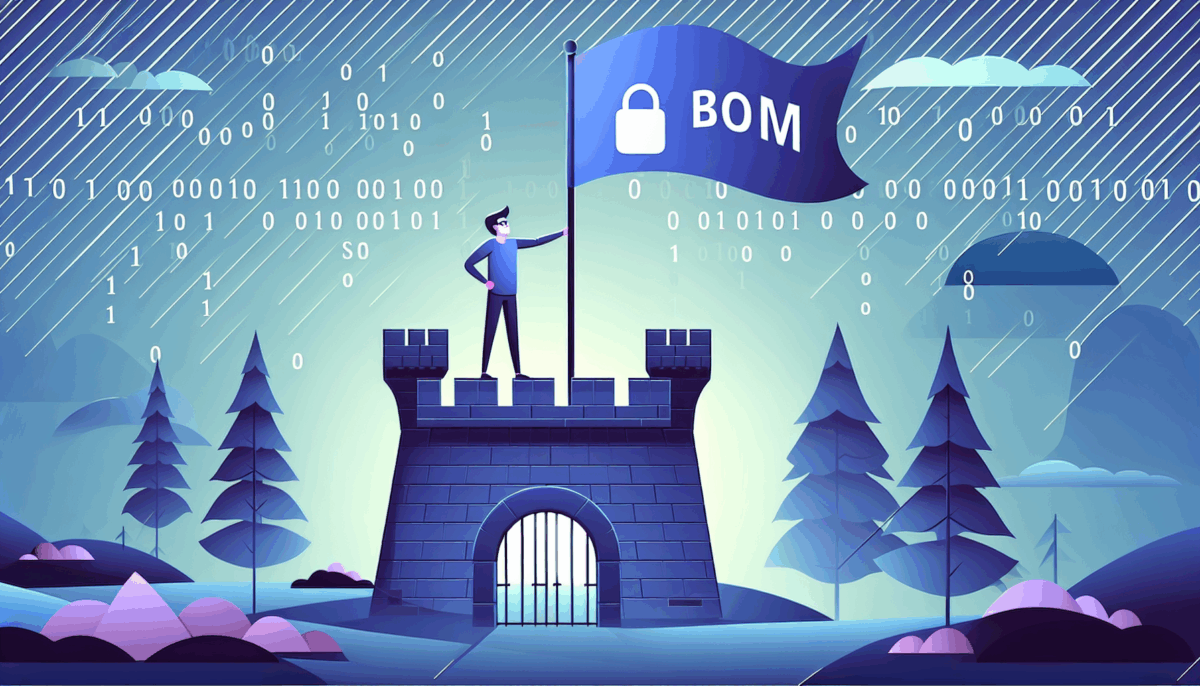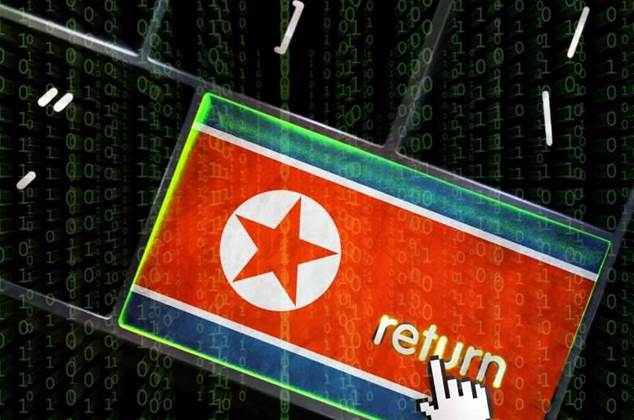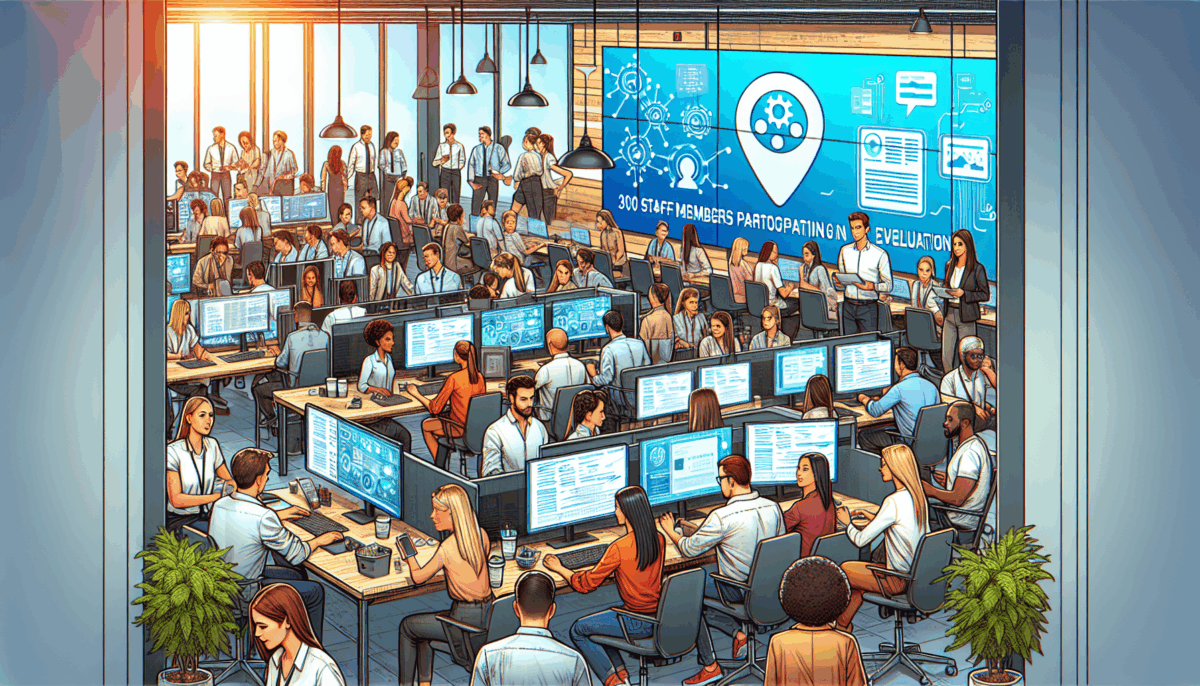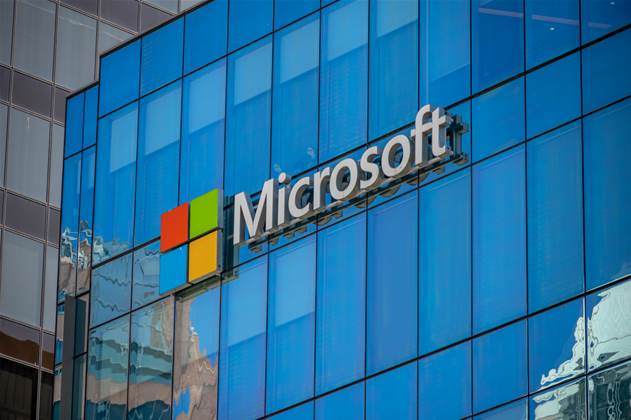X Reveals @bangers: Will the ‘All-in-One App’ Pave the Way for a Grok-Driven Music Transformation?
We independently review everything we recommend. When you buy through our links, we may earn a commission which is paid directly to our Australia-based writers, editors, and support staff. Thank you for your support!
Summary Overview
- X unveils a new handle @bangers, suggesting a focus on music-related content.
- The account hints at its debut music drop on 10th November 2025.
- Possible incorporation of xAI’s Grok for music created by AI.
- Speculation exists on whether X may rival Spotify.
- Historical note: Twitter’s music effort in 2013 was unsuccessful.
Introducing @bangers
This past weekend, X launched an account dubbed @bangers, piquing interest with its slogan ‘Certified Bangers only.’ As excitement ramps up, the account anticipates its first music release on 10th November 2025, prompting users to look forward to what’s coming in this digital music revolution.
Grok-Enhanced Musical Transformation
The emergence of @bangers could represent X’s tactical decision to harness Grok, the sophisticated AI technology from xAI, potentially facilitating the production of music free from copyright issues. This advancement might transform user engagement with music on social networks, providing distinctive AI-generated tracks.
Insights from Twitter #Music
Reflecting on the past, Twitter’s 2013 launch of the separate app ‘Twitter #Music’ was brief. Its downfall underscored the difficulties of merging music discovery within social media. Will @bangers successfully navigate these challenges where its forerunner faltered?
Is X Targeting a Challenge Against Spotify?
There are musings about X potentially establishing itself as a rival to Spotify. Although creating a comprehensive streaming service may be expensive, @bangers could present a distinctive venue for emerging, AI-crafted music, perhaps garnering a specialized audience.
Curiosity Surrounding @music
Notably, X’s current @music account has been silent lately, heightening curiosity. This quietness may signal a strategic transition or collaboration with the newly formed @bangers project, keeping users intrigued.
Conclusion
The introduction of @bangers by X marks a daring entry into the musical sphere, potentially fueled by Grok’s AI abilities. Whether this venture will transform music enjoyment on social media or pose a challenge to existing services like Spotify is yet to be determined.
Q&A Section
Q: What is @bangers on X?
A: @bangers is a newly launched account on X, seemingly dedicated to promoting and featuring music, focusing on quality tracks as indicated by its motto.
Q: In what way could Grok impact @bangers?
A: Grok, part of xAI, has the potential to elevate @bangers by producing AI-generated music, presenting a novel method of music creation and sharing on X.
Q: Why is the historical background of Twitter #Music important?
A: The shortcomings of Twitter #Music emphasize the difficulties of merging music with social platforms, a challenge @bangers needs to overcome for success.
Q: Is X intending to rival Spotify?
A: While a complete music streaming service appears implausible due to financial constraints, @bangers could find its space with AI-centric music, possibly attracting a unique audience.
Q: What might the inactivity of the @music account imply?
A: The recent lull of @music may suggest a strategic change or forthcoming integration with @bangers, fueling speculation about X’s approach to music.




